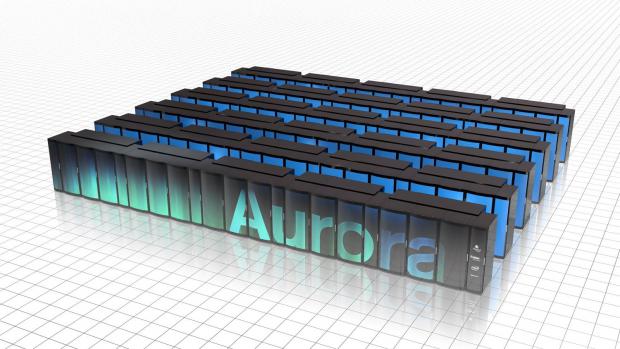
Breaking News
 They've Been Feeding You Poison (And Calling It Food)
They've Been Feeding You Poison (And Calling It Food)
 Tattoo ink may cause prolonged changes to the immune system
Tattoo ink may cause prolonged changes to the immune system
 Travel gadget promises to dry and iron your clothes – totally hands-free
Travel gadget promises to dry and iron your clothes – totally hands-free
 Duckweed: A sustainable, protein-packed food source smeared by Big Ag
Duckweed: A sustainable, protein-packed food source smeared by Big Ag
Top Tech News
 Perfect Aircrete, Kitchen Ingredients.
Perfect Aircrete, Kitchen Ingredients.
 Futuristic pixel-raising display lets you feel what's onscreen
Futuristic pixel-raising display lets you feel what's onscreen
 Cutting-Edge Facility Generates Pure Water and Hydrogen Fuel from Seawater for Mere Pennies
Cutting-Edge Facility Generates Pure Water and Hydrogen Fuel from Seawater for Mere Pennies
 This tiny dev board is packed with features for ambitious makers
This tiny dev board is packed with features for ambitious makers
 Scientists Discover Gel to Regrow Tooth Enamel
Scientists Discover Gel to Regrow Tooth Enamel
 Vitamin C and Dandelion Root Killing Cancer Cells -- as Former CDC Director Calls for COVID-19...
Vitamin C and Dandelion Root Killing Cancer Cells -- as Former CDC Director Calls for COVID-19...
 Galactic Brain: US firm plans space-based data centers, power grid to challenge China
Galactic Brain: US firm plans space-based data centers, power grid to challenge China
 A microbial cleanup for glyphosate just earned a patent. Here's why that matters
A microbial cleanup for glyphosate just earned a patent. Here's why that matters
 Japan Breaks Internet Speed Record with 5 Million Times Faster Data Transfer
Japan Breaks Internet Speed Record with 5 Million Times Faster Data Transfer
Argonne National Lab Polaris Pre-Exascale Supercomputer

U.S. Department of Energy's Argonne National Laboratory and Hewlett Packard Enterprise (NYSE: HPE) unveiled a new testbed supercomputer to prepare critical workloads for future exascale systems that will deliver up to four times faster performance than Argonne's current supercomputers.
Polaris will enable scientists and developers to test and optimize software codes and applications to tackle a range of artificial intelligence (AI), engineering and scientific projects planned for the forthcoming exascale supercomputer, Aurora, a joint collaboration between Argonne, Intel and HPE.
The $500+ million Exaflop Aurora was planned for 2021 but it has been delayed until 2022-2023. Aurora has been delayed waiting for Intel's Sapphire Rapids server chips. The first plan was for a 180 petaflop Aurora for 2018 but delays in earlier Intel chips caused the need for a new plan.
Polaris will deliver approximately 44 petaflops of peak double precision performance and nearly 1.4 exaflops of theoretical AI performance, which is based on mixed-precision compute capabilities. Polaris 1.4 AI ExaFLOPS does not use standard FP64 (64 bit floating point) for standard supercomputer performance metrics.

 Advanced Propulsion Resources Part 1 of 2
Advanced Propulsion Resources Part 1 of 2

